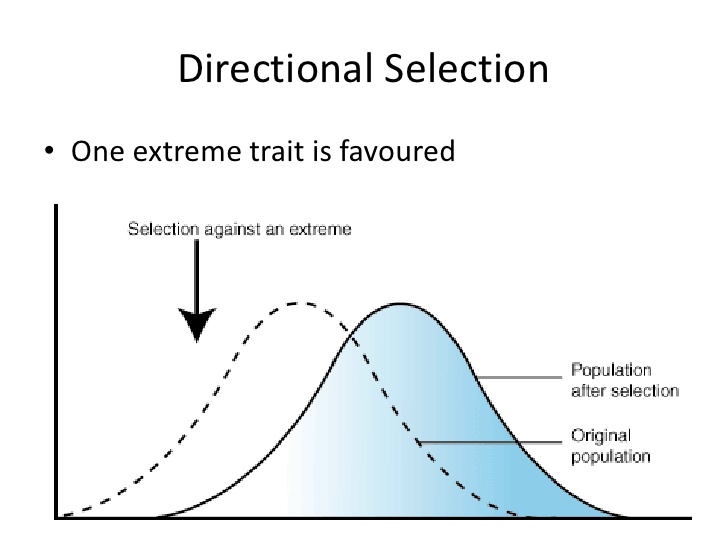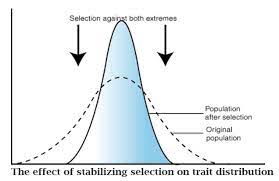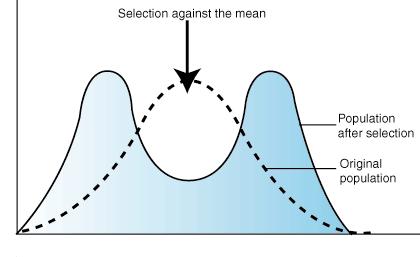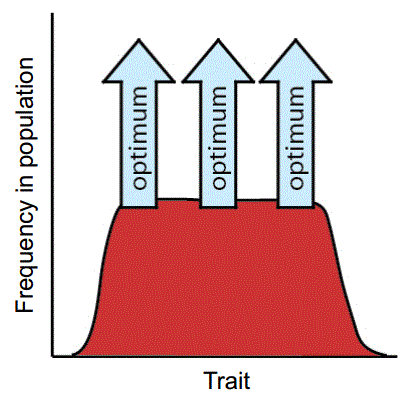Test 1
1/146
Earn XP
Description and Tags
BIO 1M03 up to midterm
Name | Mastery | Learn | Test | Matching | Spaced |
|---|
No study sessions yet.
147 Terms
Where do cells come from?
Come from other cells by growing
Maggot Experiment
three jars. One is sealed, one has mesh, one is open. sealed and mesh did not grow maggots, open did. sealed jar was a control. Some concerns of this are that: maybe not identical meat, increase sample size (not just three jars)
Hypothesis
proposed explanations of facts
falsify
tests to try and prove hypothesis is false. most hypothesis cannot be proven to be true so we attempt this and if we fail, then the hypothesis is supported
Mice and Vitamin C experiment
one mouse raised on a vitamin c diet. issue with this is that it is only one mouse, not enough replication to test if this works, also no control group
controlled
two or more groups that differ only in some factor we want to study, this factor must be as small as possible
replication
each treatment has more than one replicate (unit which is subjected to experiment)
independent
replicates in one group should not share ANYTHING in common that they don’t share with other group other than factor being studied
randomized
units are assigned to treatments randomly
observational studies
look for ways to collect data that will support or challenge hypothesis, don’t make conclusions off of this. we only do them to: see if it’s worth the experiment, what experiments must be done, and if it is even ethical to do so
Dinosaurs
we can’t say for sure what killed the dinosaurs as we cannot do it as an experiment again. we would need 10 earths, with the same species on each one, 10 meteors; its just impossible to replicate
evolution
species have changed through time, replaced the idea of special creation
special creation
each species is unique and was made by god
fossil
physical trace of organism that lived in the past, can be dated using radiographical equipment, they have information about history of life
fossil record
collection of all known fossils
extinction
fossils left by organisms that are no longer around, evidence that species are changing
transitional forms
when one species disappears from fossil records, another often emerges, often happens in same geographical area. (fish → salamander)
vestigial traits
trait that has no function but is similar to functional traits in related species: wisdom teeth, tailbone, tonsils, wings of flightless birds, appendix
examples of directly observed evolution
ground finches → beak change right away populations diverging
TB → treatment worked well in labs but not irl because some became resistant
TB evolution
by the time tb disease becomes apparant, there are usually many millions bacteria in the lung
resistant
pathogens, especially bacteria that no longer responds to the treatment negatively, and if there are many they will replace the sensitive population
sensitive
pathogens, especially bacteria that cannot withstand treatment and die
relationships bw species
if we all evolved from one ancestor, we expect to see evidence that they are related to each other (mammals, flowering plants, etc.), geographic patterns, homology
geographic relatedness
species that seem to be closely related that live very close by, we expect this with species that evolved independently
homology
similarity that is due to common ancestry
genetic homology
homology on the level of genetic coding, pretty convincing, genetic code is shared bw all living organisms
developmental homlogy
homology in traits of embryos, embryos of all vertebrates show similarities
structural homology
homology at level of developed organisms: very similar build of limbs bw organisms that look nothing alike
identifying homologies
homologies can assume evolution, and explain many other observed patterns. when two similar organisms don’t tell the same story, they’re probably not homologous
natural selection
the way adaptive evolution occurs, evolution will occur if there is heritable variation, and selection
adaptation
organisms evolving to become better suited to their environment (tricky as environments keep changing) physical and biological environment
darwins theory in four steps
variation, heritability, differential reproductive success, selection
variation
individuals that make a pop vary in traits they possess (size, shape, physiological details)
heritability
differences inherited by offspring (tall parents more likely to produce tall offpring)
differential reproductive success
in every gen, some organisms leave more offspring than others, fecundity
selection
reproductive success is not random, influenced by differences in traits, including heritable traits
fitness
in biology, it means the ability to do well under natural selection, average reproductive success. 3 basic components: survival, growth, reproduction
inheritance of acquired characterisitics
idea that individuals change in response to their environment and changes pass to their offspring (giraffes reaching for food) but this is not possible
goal-directed evolution
idea that organisms evolve towards specific goals, complex multicellular organisms “with a purpose” “the destination”. some evidence against this is vestigial traits, bidirectional evolution: finch beaks get larger then smaller then again. some gain complexity then lose it
acclimation
ability of organisms to respond directly to environment, does not affect offspring. eg: temperature at birth decides how many sweat glands you would acclimate
why do we acclimate
better chance of survival means better chance of offspring, evolved bc its beneficial, so in a way it’s adaptation. we were programemd to do it bc it’s usually beneficial
tradeoff
compromise bw conflicting goals. brightly coloured birds more attractive to mates, but more visible to predators
historical constranits
small steps, vestigial traits, humans not designed to stand upright as we evolved from 4 legs, blind spot in the eye is just so complex that it would take too long to take it away
where does heritable variation come from?
genetics
genes
basic traits determined by this (A1A1, A2A2, A1A2)
locus
location where a gene can occur. usually 2 alleles at each one, same or different
allele
particular version of gene (A1, A2)
heterozygous
organism with different alleles at particular locus
homozygous
organism with two copies of same allele at particular locus
evolution
heritable changes in species traits over time, driven by changes in allele frequencies
genotype
collection of individuals genes
phenotype
collection of physiological and physical traits caused by genes
peppered moths
individuals w A1A1 phenotype are light coloured, A2A2 are dark coloured, so A1A2 must be either dark due to dominance or codominant and be grey
dominant allele
usually darker, will take over traits
reccessive allele
will let itself be taken over but will “lurk” in the background of genetics until possibility to show up
simple dominance
dominant allele takes over recessive allele
complex dominance
anything that isn’t close to simple dominance (red and white make pink)
expected frequencies
calculated frequencies based on assumptions, average of what is expected under assumptions, conceptual average over what would happen if we did the same experiment many times
observed frequencies
measured frequencies in population
handy weinberg distribution
distribution expected if alleles work like coins, A1A1=p², A2A2=q², A1A2=2pq
Hardy weinberg equilibrium
alleles selected at random from prev gens: random mating, closed pop, no genetic mutations, no diff in fitness, if held exactly, we get this. no change in allele frequencies from gen to gen. this NEVER happens so we look at values when very close
Differences from HWE
If we observe large differences from HWE, this is usually sign that mating is not random and that NS is operating, tells us that something but not what is going on.
null model
HWE is an example of one; tells us what to expect if complicating effects are absent. w/out it we couldn’t ask how do observations differ from expectations
Human blood groups example
MN blood groups in different human pops are very close to HWE; does not mean it is happening, just that it is a small population
Human HLA genes
these genes are used by immune system, to recognize disease-causing organisms. researchers hypothesized that heterozygous individuals may recognize more pathogens. data shows that more ppl are heterezygous for HLA genes than would be expected under HWE (bc it’s not random)
Types of natural selection
trait level and allele level
Trait level NS
directional selection, multi-directional selection, stabilizing selection, disruptive selection

directional selection
type of trait-level ns, tends to move pop in particular direction: complex human brains are the target, so we moved in that direction
multi-directional selection
type of trait-level ns, can change through time with the environment, need to know whether changes are heritable: finch beaks get thicker when food is scarce, smaller when abundant. Small beaked have advantage bc they can process seeds faster, reach smaller spaces, less energy to produce small beak

stabilizing selection
type of trait-level ns, tends to keep population where it is because usually pop is already adapter: mortality rates for differently sized babies vs the “mean” value of baby size survival

disruptive selection
type of trait-level ns, favours phenotypes different from the average value, can lead to speciation: black-bellied seedcrackers have different types w different bill sizes, not many medium-sized beaks
speciation
the formation of a new species, can happen due to disruptive selection
frequency dependence
type of trait-level ns, closely related to disruptive selection, idea that some trait types do relatively better if they are rare
Allele-level NS
positive/negative, balancing
positive selection
type of allele-level ns, allele that has greater fitness than others in particular context will tend to increase
advantageous
allele w greater fitness than others in particular context
negative selection
type of allele-level ns, allele that has less fitness than others in particular context will tend to decrease
deleterious
allele w less fitness than others in a particular context

Balancing selection
tends to maintain allele diversity when there is no best allele. disruptive selection at trait level will always cause some of this. can be caused by heterozygous advantage when they have higher fitness bc XY + XY = XX + YY + 2XY
Sickle Cell Phenotype
blood cells that can lose their shape and kill malaria parasites, ppl heterozygous for this trait get less sick w malaria, ppl homozygous have too much instability and severe anemia: heterozygous advantage
alleles and traits
most measured traits depend on many alleles from many loci, changes at one locus can affect selection at another
Other evolutionary mechanisms
genetic drift (small pop (founder effect, bottleneck), fixation and loss), gene flow, mutation, mating patterns
Genetic drift
type of evolutionary mechanism. change in allele frequencies due to random sampling, some individuals have more offspring than others due to chance events (nothing to do w heritability), offspring get some parental alleles but not others. these factors can lead accumulation of random changes in allele frequencies. likely reason why human pop has different MN frequencies
Small populations
type of genetic drift in evolutionary mechanisms. drift is much stronger in small pops than large ones, even if large now, was probably small in the past. Founder effects and bottlenecks
founder effects
type of small pop genetic drift in evolutionary mechanisms. new populations started by small number of individuals: tiny moth population flies over the hill and begins a population there by breeding withing new pop
bottlenecks
type of small pop genetic drift in evolutionary mechanisms. population becomes small (could be due to natural disaster) and then big again, frequency of alleles changes. also when beneficial genetic mutation takes over population, variation is lost bc new gene is better, directional selection on trait
fixation and loss
type of genetic drift in evolutionary mechanisms. may drift to frequency 0 (lost) or 1 (fixed)
Fixed
type of genetic drift in evolutionary mechanisms. advantageous are often this, and are positive selection
lost
type of genetic drift in evolutionary mechanisms. disadvantageous are often this, and are negative selection
neutral differences
alleles with this will be fixed or lost at random, true for alleles w small effects
Gene flow
type of evolutionary mechanism, movements of alleles from one pop to another, begs the question “how do we define a population?”. happens when individuals move from one pop to another to breed, helps keep populations similar, obstacle to speciation.
mutations
type of evolutionary mechanism. heritable errors in DNA replication, rare by themselves and don’t cause much evolution. mutations are extremely important bc they provide the variation in which ns acts, the only source of new alleles
types of mutations
DNA base change, chunks of DNA added or subtracted, whole genes duplicated, copying errors, lateral gene transfer